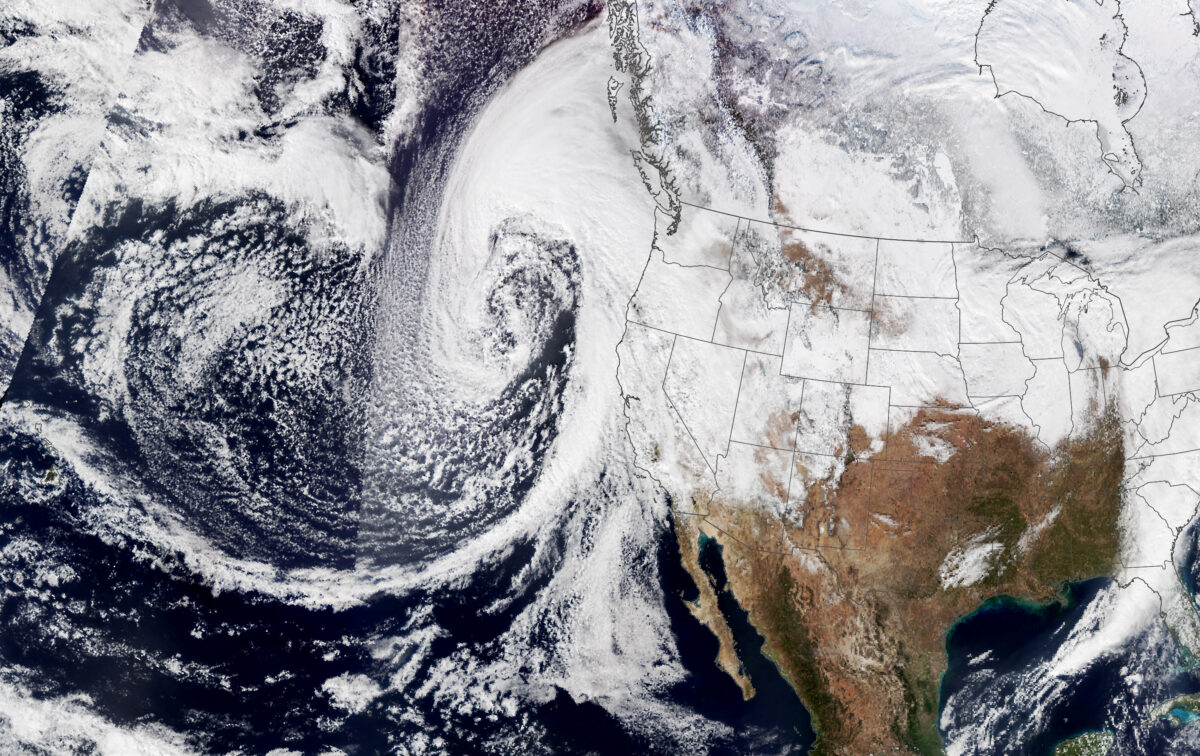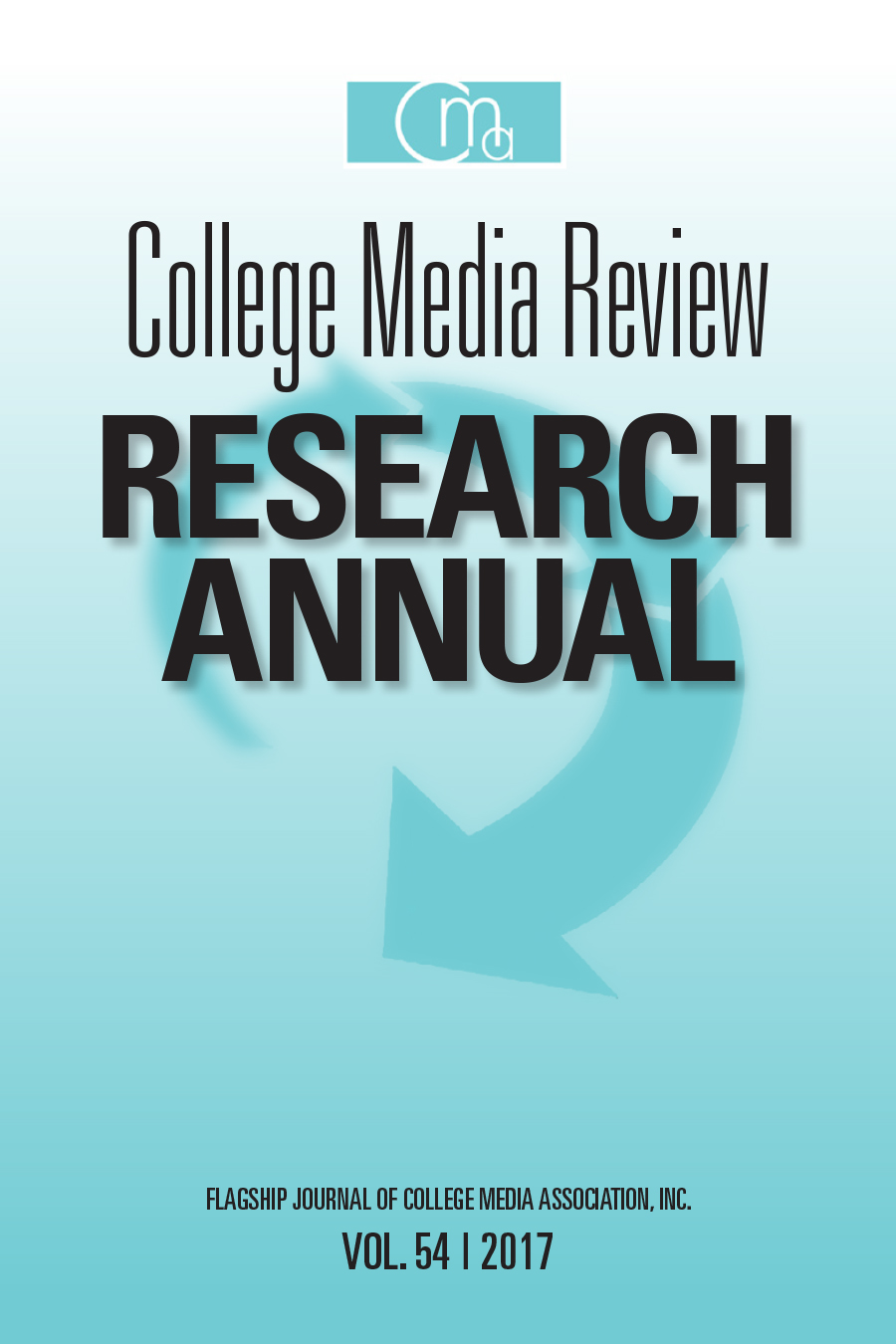Their Voices Are Green: An Analysis of Environmental Themes
in College Magazines 2018–2022
Abstract
Campus magazines are tasked with producing content to serve and reflect the lifestyle of their campus and community. But, student magazine editors redefined “campus culture” in content choices, as life outside campus changed amid culture wars in 2018, a mass shooting in a Florida high school, historic floods and wildfire, a global pandemic, the Sunshine Movement and COP26. Through these historic events, editors – particularly in Editor’s Note – chose to use their voices to redefine “campus culture” and call for their generation to live with intention and accountability.
Editions from three nationwide contests were sampled 2018-2022 to examine environmental content focusing on three variables: Cover, Table of Contents, and Editor’s Note. Prominent themes that appeared through semiotic analysis are climate change; policy; food; distribution / system; fashion: art / beauty; solutions; activism; pollution; hazard / crisis weather; conservation; sustainability. A review of 55 publication and 135 elements shows climate change, solutions, and activism dominate discussion, with editors introducing content in more than half their columns not found in edition content. Cover art results show 59% contained some environmental element while Table of Contents amplified environmental content with 61% . Framing was measured by how creators located their content: how is their commonsense of environment defined: as a global, local, or campus intent? Results show writers based their environmental concern on campus than in urban environments, while analysis of institutions shows private colleges produced the majority of environmental content.
Key Words: Environment, Campus Media, Magazine, Semiotic Analysis, Framing
Continue reading “Research (Vol. 60): Their Voices are Green”




